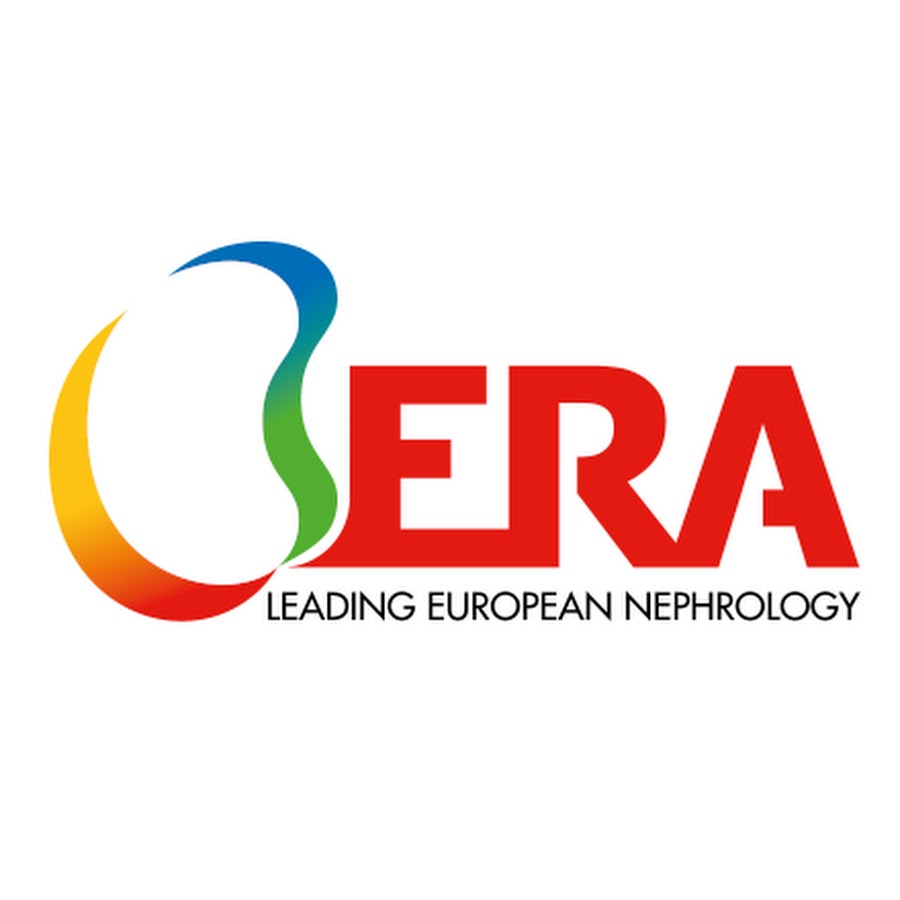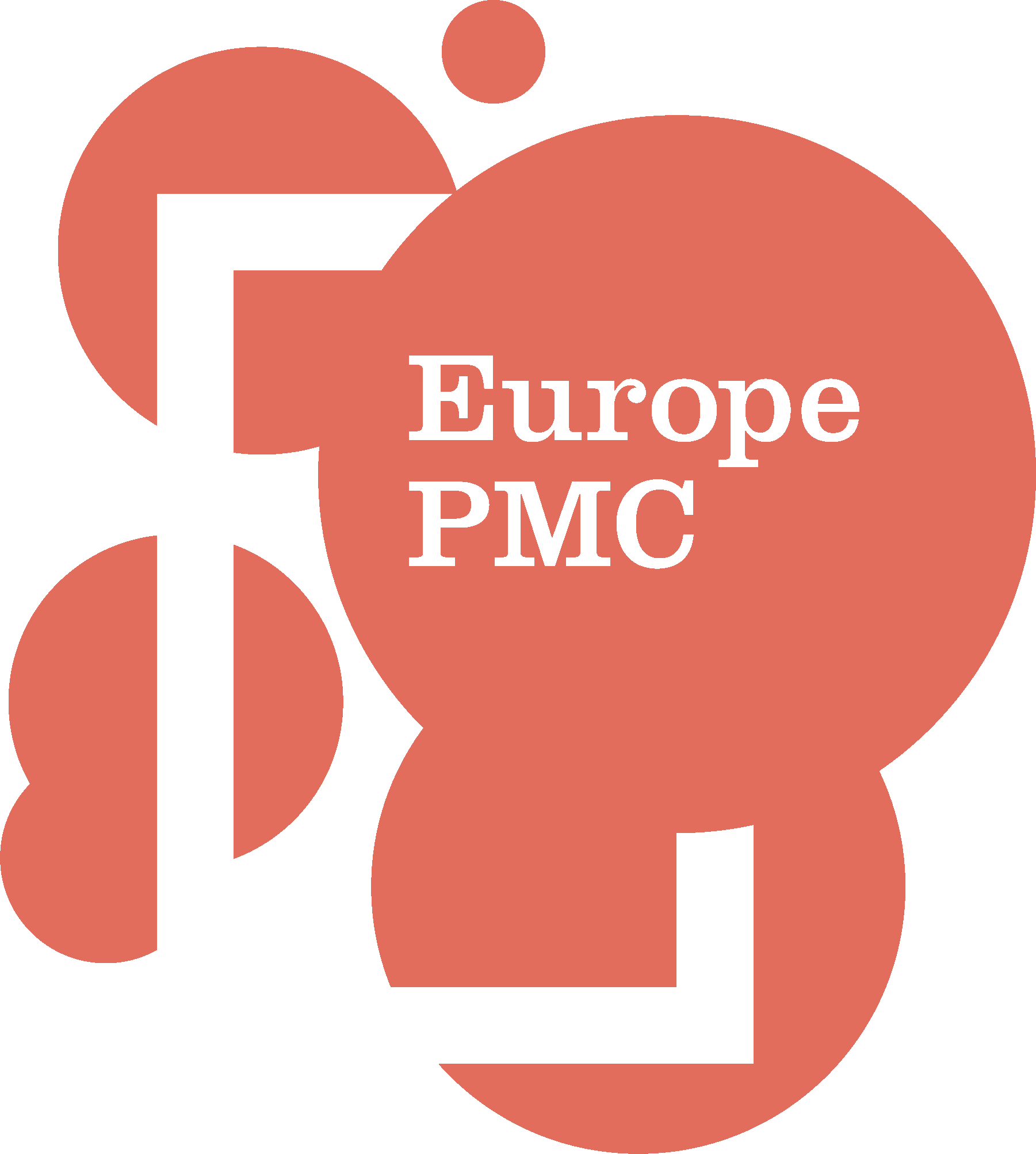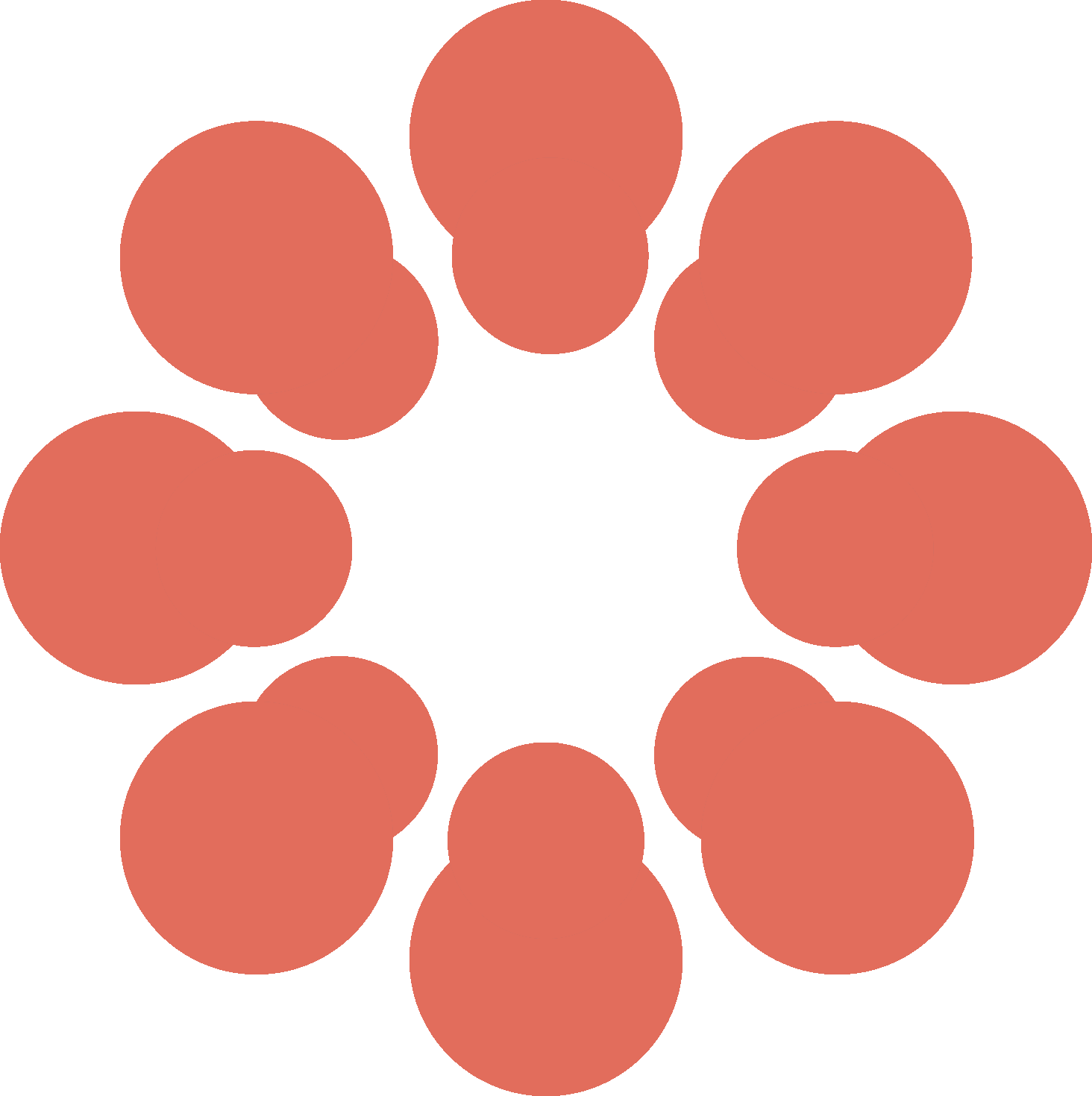Janse
Clinical Epidemiologist
Profile
Hej! I'm Roemer (['rumər]), a young researcher with a focus on performing sound, valid, and high-quality research. I have a special interest in modern epidemiological methods, a knack for programming, and a love for teaching. I am always open to learning more and eager to deliver work to the best of my ability.



Postdoctoral researcher UPOD
University Medical Center Utrecht (UMCU)

Editorial fellow @ Clinical Kidney Journal (CKJ)
European Renal Association (ERA)

Methodological reviewer @ Journal of Thrombosis and Haemostasis (JTH)
International Society of Thrombosis and Haemostasis (ISTH)

Methodological reviewer @ Research and Practice in Thrombosis and Haemostasis (RPTH)
International Society of Thrombosis and Haemostasis (ISTH)






:strip_icc()/pic3918905.png)
:strip_icc()/pic5375625.png)
:strip_icc()/pic360883.jpg)
:strip_icc()/pic5678486.png)
:strip_icc()/pic3714302.jpg)
:strip_icc()/pic7233633.jpg)
:strip_icc()/pic1210721.jpg)
:strip_icc()/pic4739757.jpg)
:strip_icc()/pic163749.jpg)
:strip_icc()/pic4496682.png)






























Find me elsewhere
ORCID
GitHub
PubMed
EuropePMC
OSF